Appe Seoul (아뻬서울)
2.3Km 2021-03-24
1, Changgyeonggung-ro, 35na-gil, Jongno-gu, Seoul
+82-10-7390-8742
You can eat honey cake that you cannot enjoy anywhere else. This cafe is located in Jongno-gu, Seoul. The representative menu is coffee.
Hangukgwan (한국관)
2.3Km 2021-03-18
40, Seonggyungwan-ro, Jongno-gu, Seoul
+82-2-764-6953
A great restaurant for group dinners. The best menu at this restaurant is Grilled Beef Ribs. This is a Korean cuisine located in Jongno-gu, Seoul.
Porte Hyehwamun (Honghwamun) (창경궁 홍화문)
2.3Km 2020-12-08
185, Changgyeonggung-ro, Jongno-gu, Seoul-si
+82-2-2148-1466
Située au nord-est de Hanyang (l’ancien nom de Séoul), la Porte Hyehwamun fut l’une des quatre petites portes des murs de la forteresse de la ville. Lorsqu’elle fut construite en 1396 (la 5ème année du regne du Roi Taejo), pendant l’établissement de la ville, elle avait pour nom Honghwamun. Malheureusement, son nom était par hasard le même que celui de la porte de l’est du Palais de Changgyeonggung, construite en 1483 (durant la 4ème année du règne du Roi Seongjon). Afin donc d’éviter toute confusion, elle prit par la suite, en 1511 (durant la 6ème année du règne du Roi Jungjong), le nom de Hyehwamun. La porte est aussi connue sous le nom de Porte Dongsomun (Petite Porte de l’Est).
La Porte Hyehwamun fut un point de passage important pour les personnes avançant vers le nord du pays puisque celle du nord, la Porte Sukjeongmun, fut souvent fermée. La Porte Hyehwamun fut détruite lors de la construction d’une ligne de trawmay entre Hyehwa-dong et Donam-dong, pendant la période d’occupation japonaise. Elle fut néanmoins restorée en 1992 et placée sur une côte près de la route.
Vous pourrez trouver la porte via le tunnel Sajik, le mont Inwang, le mont Bukak, le Palais Changdeokgung, et l’Université Sungkyunkwan. Elle entrecoupe la route allant vers Uijeongbu. A l’intérieur de Hyewha-dong, se trouve la rue animée Hyewha-dong University Street et vous pourrez apercevoir le mont Bukak ainsi que le Pavillon Bukak à l’ouest de la porte.
Yonggeumok (용금옥)
2.3Km 2020-06-09
24-2, Dadong-gil, Jung-gu, Seoul
+82-2-777-1689
Yonggeumok's specialized stew includes tofu, fried tofu, spring onion, onion, oyster mushroom, tree ear mushroom, and other condiments added to broth boiled with lamb and its intestines overnight. Pre-cooked loaches are added in the end, creating a spicy yet savory flavor with chewy texture (loaches can be ground upon request). The restaurant serves Gyeongsang-do style, Jeolla-do style and Seoul-style chueo tang (loach stew).
Cheongjin Hwarogui (청진화로구이)
2.3Km 2021-03-22
32-12, Jong-ro, 5-gil, Jongno-gu, Seoul
+82-2-735-7008
A store selling Korean beef and pork dishes. The best menu at this restaurant is grilled Korean beef rib eye steak. This Korean dishes restaurant is located in Jongno-gu, Seoul.
The Hanok (더 한옥)
2.3Km 2021-03-24
75, Gyedong-gil, Jongno-gu, Seoul
+82-2-743-7470
You can enjoy coffee in a hanok (Korean house). This restaurant's signature menu is coffee. This cafe is located in Jongno-gu, Seoul.
Rakkojae, l'expérience de la culture coréenne (락고재)
2.4Km 2019-02-12
49-23, Gyedong-gil, Jongno-gu, Seoul-si
Si vous désirez vraiment connaître la Corée, vous devez connaître le mot "pungnyu".
Pungnyu, est un idéal qui a été transmis à la culture coréenne depuis la création de la nation et qui signifie l’harmonie entre l’homme, la nature et la poèsie.
Rakgojae est un centre culturel qui a récemment ouvert au Village Hanok Bukchon à Séoul et qui permet aux visiteurs de découvrir l’idéal coréen pungnyu.
Le centre offre des démonstrations de musique, de danse et d’arts traditionnels coréens, transmettant la culture pungnyu.
Buckchon est un endroit qui a été préservé pour sauvegarder des informations sur le style de vie des gens de l’époque de Joseon. Le village est très apprécié des visiteurs étrangers qui espèrent ainsi découvrir un aspect plus traditionnel du pays. Situé au centre de Bukchon, Rakgojae accueille les visiteurs étrangers. Il leur offre la possibilité de louer une maison pouvant héberger jusqu’à 9 personnes. Un repas coréen typique sera servi aux invités.
De chaque côté du village, se trouvent des grands palais : le Palais Gyeongbokgung, le Palais Changgyeonggung et le Palais Changdeokgung. Les visites peuvent se poursuivre par Jongmyo, le sanctuaire ancestral royal qui abrite les tablettes des souverains de Joseon et de leurs reines. Les visiteurs de Rakgoje peuvent en profiter pour visiter les sites touristiques à proximité et ainsi plonger dans les vies des aristocrates du passé.
Temple Jogyesa de Séoul (조계사(서울))
2.4Km 2021-12-22
55, Ujeongguk-ro, Jongno-gu, Seoul-si
+82-2-768-8500
Le temple Jogyesa est un
temple bouddhiste zen en Corée qui a la particularité d’être situé en
plein centre-ville de Séoul. Jogyesa se situe dans une rue perpendiculaire aux rues illuminées de Jongno, et à la rue menant à la station Anguk,
non loin de la rue d'Insadong.
La première chose que l'on remarque
en entrant dans le temple, ce sont les arbres qui font face au bâtiment principal âgés de plus de 500 ans. Un de ces
arbres mesure 26 mètres de haut et procure en été un ombrage apaisant.
Le temple a servi dès 1910 de résidence principale pour le moine Han Yong-un. Le bâtiment principal
érigé en 1938 est majestueux, décoré de nombreuses couleurs. A l’intérieur se trouve une statue du bouddha Sakyamuni. A l’extérieur,
en face, se trouve une pagode de sept étages contenant des reliques de bouddha.
Le temple Jogyesa ne possède pas cette atmosphère solennelle que l’on peut
retrouver dans les temples situés en montagne qui offrent par exemple une
vue panoramique sur la montagne ou sur la mer. Mais, situé en ville, il est facile d’accès et convient aux visiteurs à l’emploi du temps serré. A proximité du temple se trouvent des petites boutiques spécialisées dans la
vente d'articles bouddhistes
(chapelets, écrits, encens, etc) mais également des souvenirs tels que des poupées et des porte-clés. Les personnes intéressées par le bouddhisme y trouveront certainement
leur bonheur.
Ilsong Kalguksu (일송칼국수)
2.4Km 2021-03-18
44, Seonggyungwan-ro, Jongno-gu, Seoul
+82-2-765-0880
This is a Korean cuisine located in Jongno-gu, Seoul. A store serving dishes at low prices. The best menu at this restaurant is noodle soup with clams.
Seongsim Arts & Crafts (청원산방-성심예공원)
2.4Km 2019-10-02
27, Bukchon-ro 6-gil, Jongno-gu, Seoul-si
+82-2-715-3342
Créé en 1981 à Samcheong-dong, Seongsim Yeogongwon est un studio d’art établi par Sim Yong-sik, qui a été désigné trésor culturel immatériel par la ville de Séoul. Il travaille sur diverses fenêtres et portes traditionnelles avec ses étudiants, et en fait la promotion en Corée et dans d’autres pays. Dans la terminologie des Hanoks, le « daemokjang » désigne la charpente de base d’une maison, alors que le « somokjang » se réfère aux portes, fenêtres et autres qui ajoutent quelque chose à la charpente. On trouve des portes et des fenêtres magnifiquement décorés partout dans la maison Seongsim Arts & Crafts : des portes qui peuvent être pendues au mur, des fenêtres décorées de fleurs de cerisier, des fenêtres en forme de peigne, et bien d’autres.
Les visiteurs peuvent également admirer de très belles oeuvres d’art à l’occasion de diverses expositions organisées à Seongsim Yegongwon. L’entrée est gratuite.
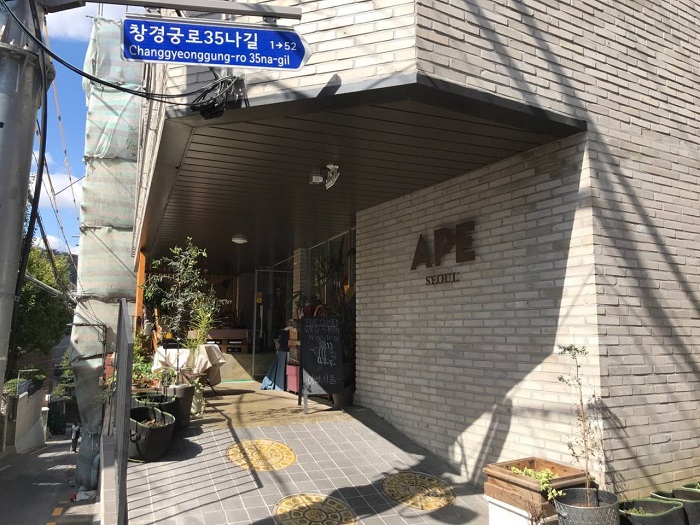
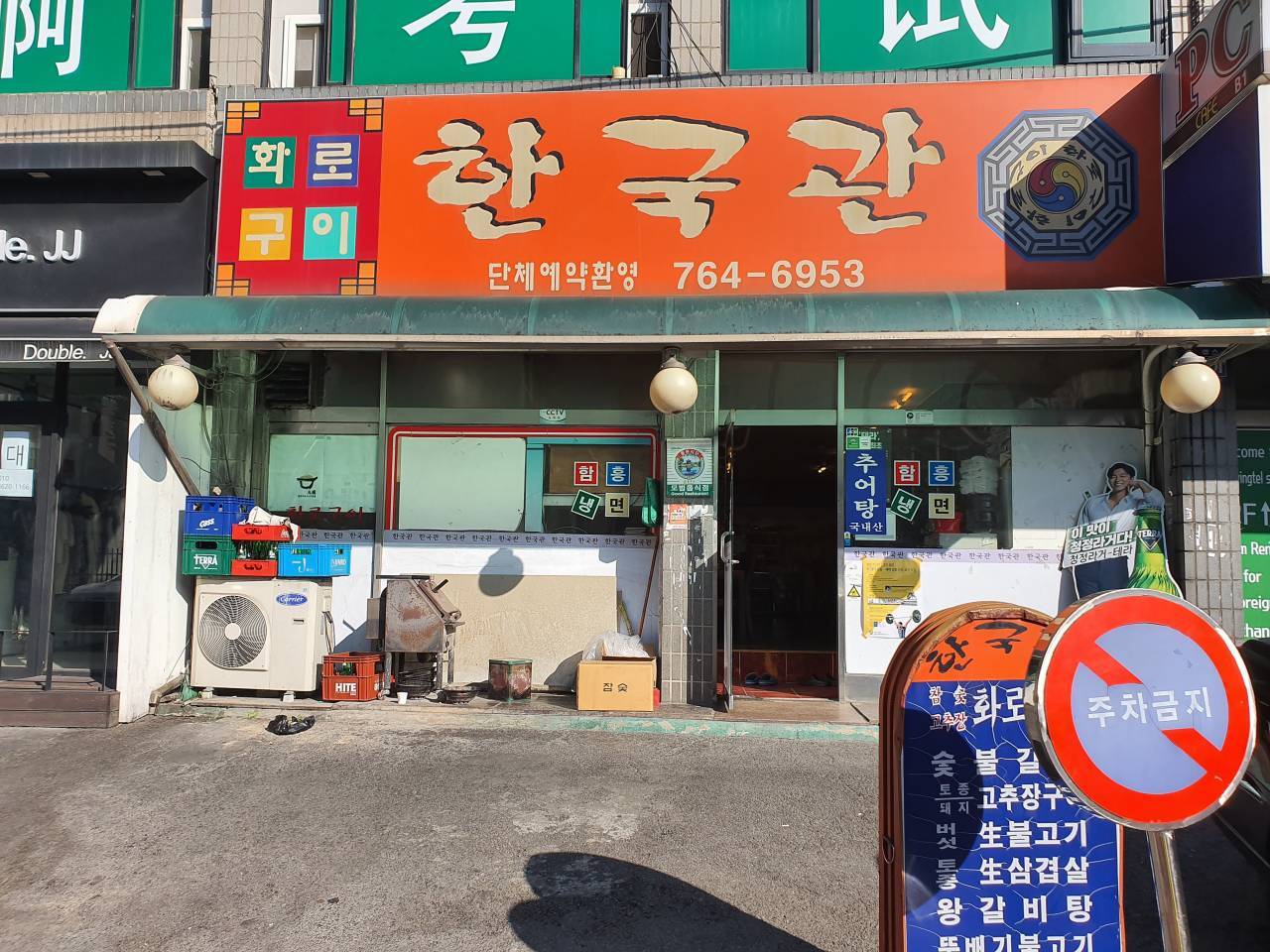

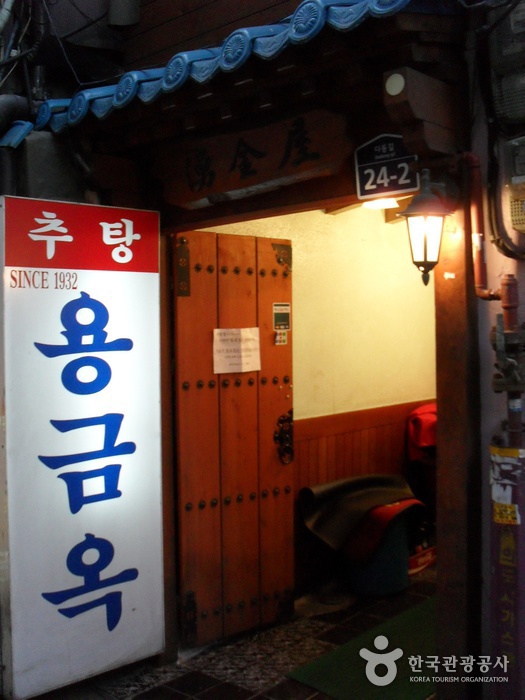
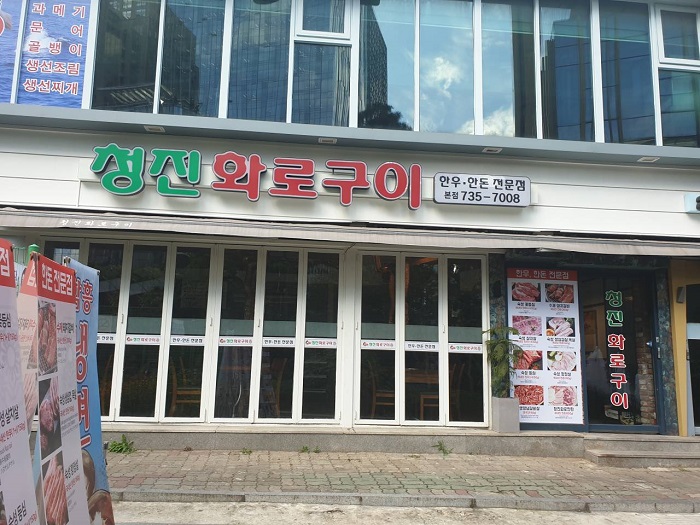
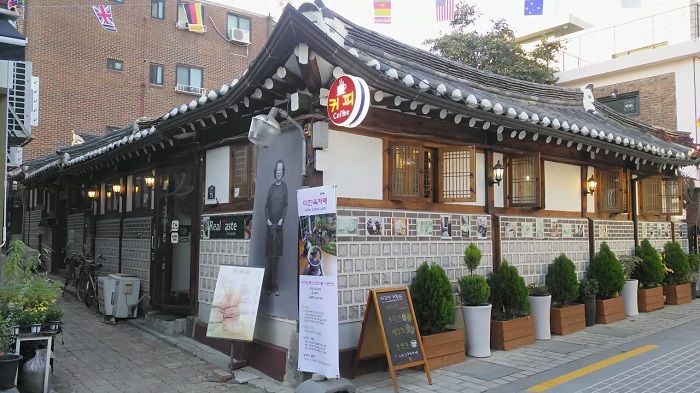
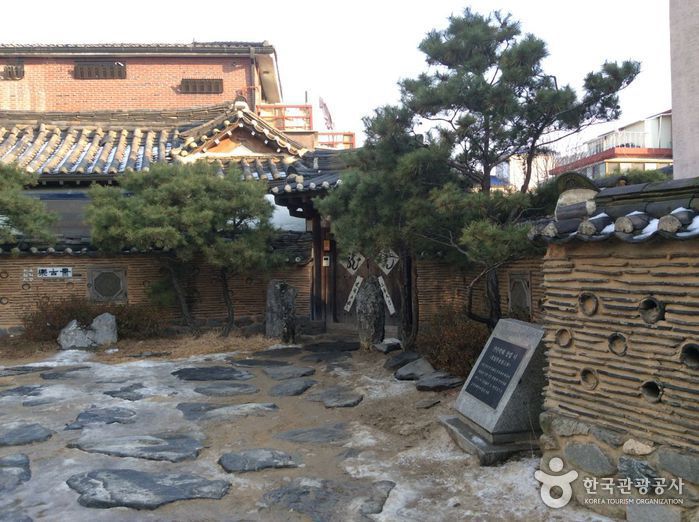
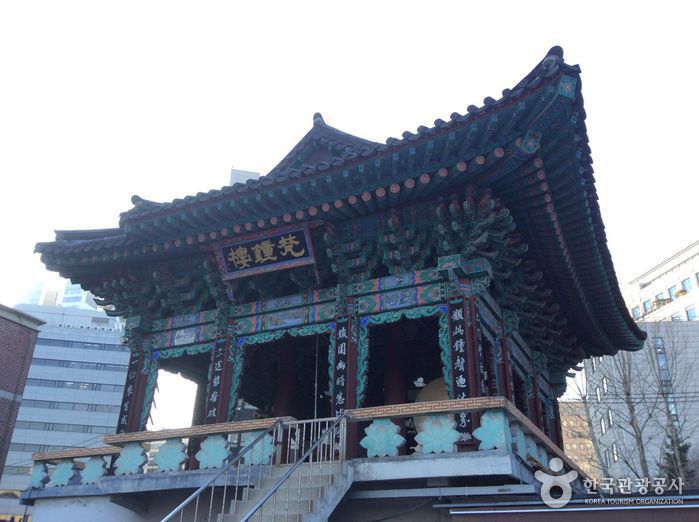
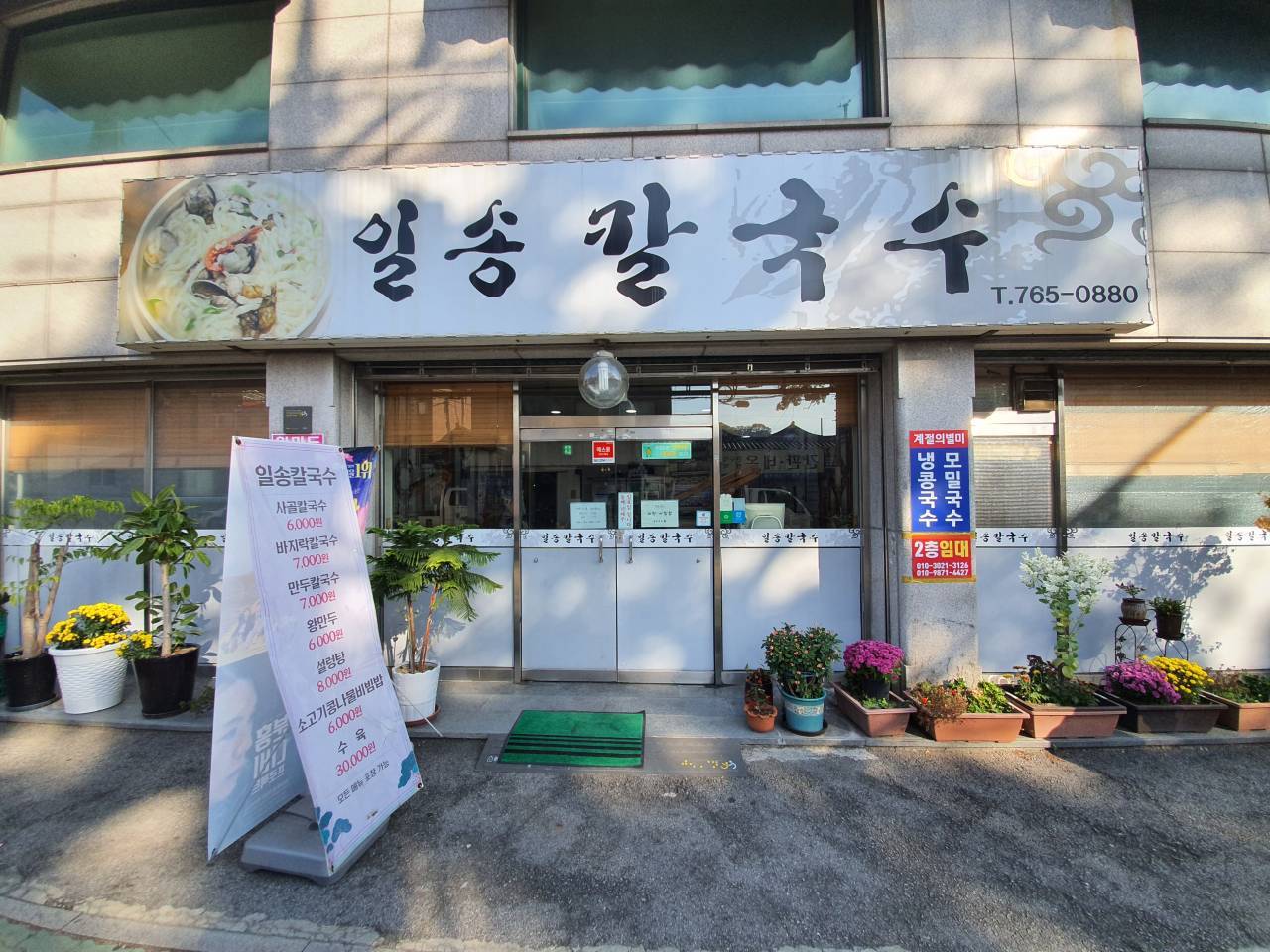
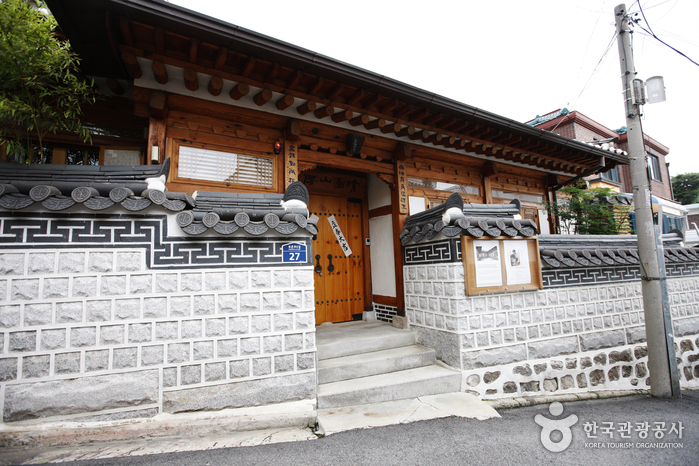
 Français
Français
 한국어
한국어 English
English 日本語
日本語 中文(简体)
中文(简体) Deutsch
Deutsch Español
Español Русский
Русский